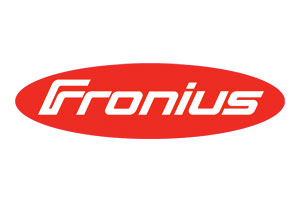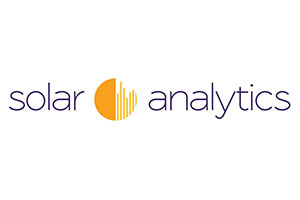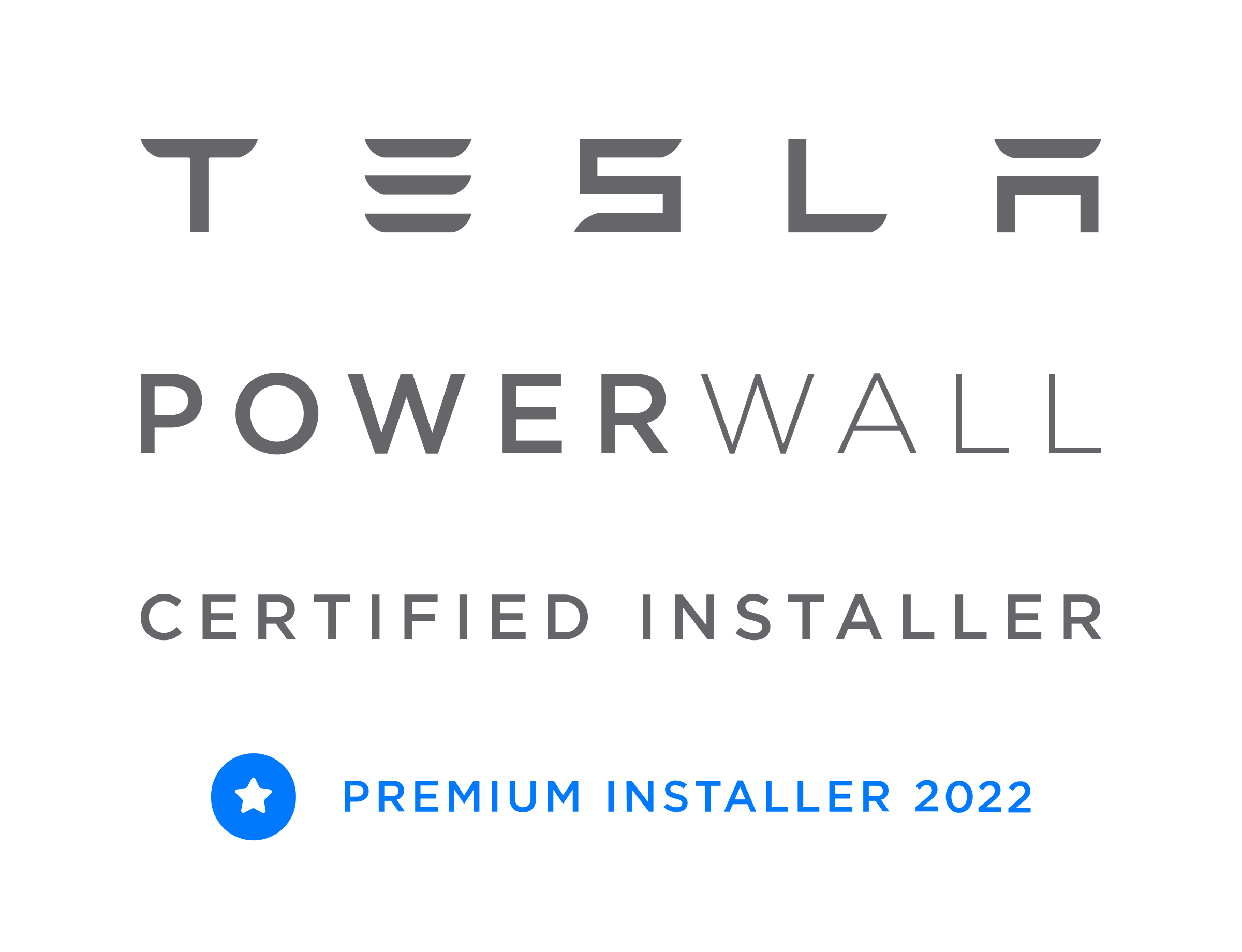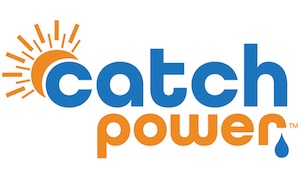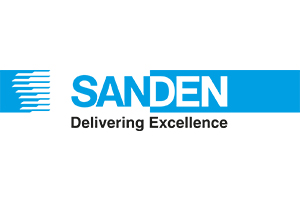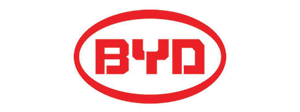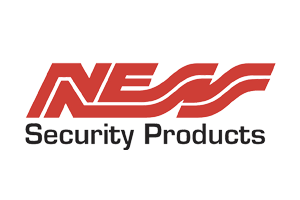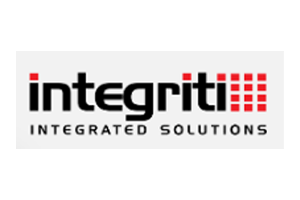It is surprising just how quickly the time has gone. It feels like only yesterday people were offered the fantastic benefits of ‘Going Solar’ allowing to be paid as high as 60 cents for every unit of energy produced by their Solar System. The phrase ‘no brainer’ was used frequently as it was almost guaranteed that people would see a return on investment in around 5 years.
But how times have changed. Who would have thought that rather then receiving 60 cents we are down to a mere 6. Our customers who have decided to go solar recently have accepted and understood this change however; for the lucky many who are still receiving 60 cents you an expect a HUGE contrast in your bill from DEC 2016.
But not all is lost, here are a couple of tips you can start implementing to hopefully mitigate the huge shock after the first three months of next year.
1. Embrace the Concept of ‘Load Shifting’
In other words, learn to use your power during the day. When your system is changed from GROSS to NET, you are able to use the power you produce during the day FOR FREE. Start to understand and implement this now so that when the change does happen you will mitigate the damage.
I recommend to clients to use all heavy hitters during the day (if you can) by using timers or ‘batching’ your workload. Be creative. Ever thought of turning a slow cooker on during the day? Not only do you make a cheaper and tastier meal, you also have the option of ‘setting and forgetting’ during the day while the solar is optimal. Show me anyone who doesn’t like a free lunch!
By the way, remember to stagger the appliances to stay within the capacity of your system.
2. Monitor your usage using TECHNOLOGY
The advancement in monitoring technologies has made optimising your solar usage even easier. More then likely, you had your system installed when either monitoring wasn’t available or it was just to damn expensive.
EFERGY make a terrific product (The Solar Kit) which allows you to monitor your solar usage and match that with your usage during the day. This will show you over the next six months if your solar is adequate for your usage, how you can use more of your solar AND whether or not batteries are actually something you should be considering.
3. If it Breaks, Consider Upgrading
By no means do I recommend tossing all your old TVs, air conditioners and refrigerators to the curb. But; if you find that the repairs on these items start to become more frequent consider upgrading to more efficient options.
Wall mount split air conditioning systems are a common example. Anywhere from 8 years ago, air conditioning technology changed dramatically utilising an INVERTER to manage the operation of the compressor. These save considerable energy especially when you keep the system in operation over long periods. With less energy, it means your solar will help when available.
With a few simple habit changes and a little more information on your power usage you will be in great stead to prepare for the end of the solar rebates.
Just don’t forget to put the slow cooker on before you leave!


